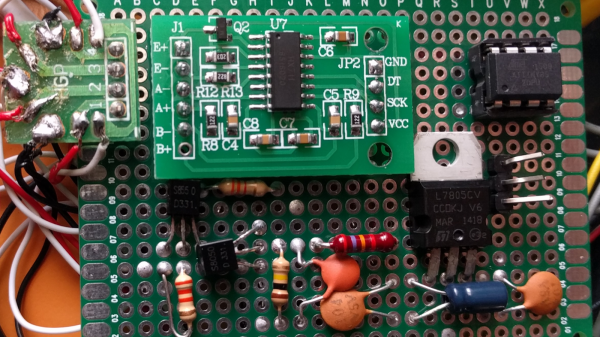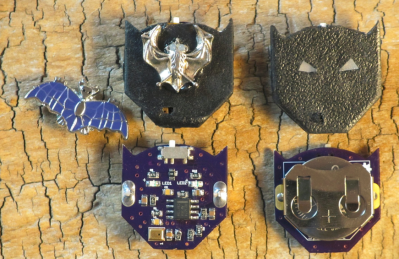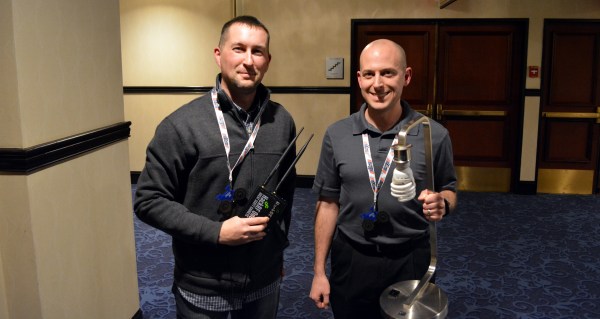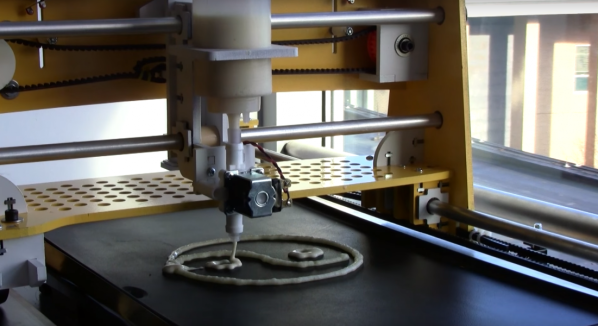Switzerland has bought us many things: the cuckoo clock, cheese with holes in it, and.. kite power? That’s the idea of a Swiss project that is trying to tap the energy of a regular wind that blows between Lake Geneva and the Alps. The group hopes to build large kites that fly at about 150 meters above the ground, with a generator and other components on the ground. The way that this wind energy is converted into electricity is interesting: the kite is pulled up by the wind, spiraling higher and pulling the cable which drives the generator. Once it reaches a maximum height, the kite is trimmed so it sinks down to a lower altitude, and the kite is trimmed again to catch the wind and climb.
It’s a fascinating idea: by controlling the kites, the system could produce power on demand. As long as the wind is up, of course, but in this region of Switzerland, that isn’t an issue, as the wind is very predictable. It doesn’t require as much permanent infrastructure as a wind turbine, and kites are much more attractive than turbines. This makes us wonder if a system like this would be adaptable to a smaller scale: could you build a portable or off-grid system for hiking in windy areas that could charge a battery this way?
The project webpage hasn’t seen any updates since 2013, but the research project seems to still be alive and kicking. Anyone have any details or wild speculation?
(Related, but only tangentially, video of Thomas Dolby lip-synching below the break.)
Via The Bulletin of Atomic Scientists, thanks to [Austin Bentley]
Continue reading “Swiss Project Looking To Harness Kite Power”





















